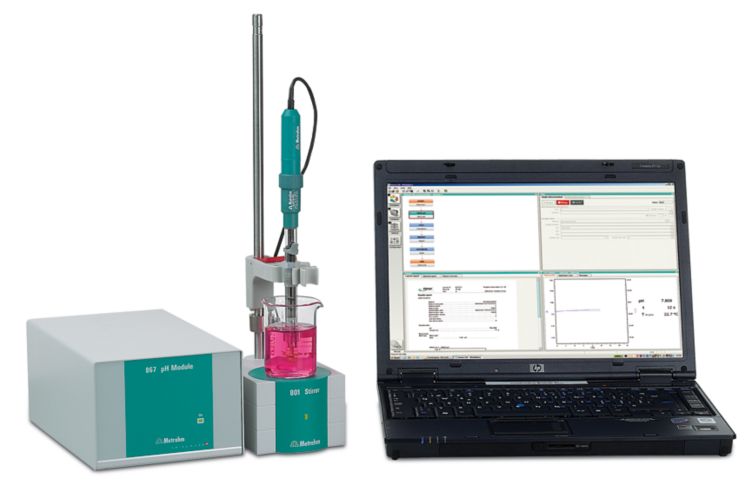Ammonia is one of the most widely manufactured chemicals. It is also produced naturally in our bodies, by fermentation processes, and can be found in different products. Additionally, ammonia is formed by the bacterial decomposition of animal and plant matter in soil.
In the case of cacao, ammonia is naturally formed by fermentation of the cacao beans. The addition of ammonia during the alkalization process is a common practice to give an intense black color to the cacao nibs and to modify their flavor.
Ammonia is usually determined by ion chromatography by converting it into the ammonium form. This Application Note offers an easy way to determine the ammonia content in cacao nibs by using ion measurement, applying the standard addition technique in a reliable cost- and timesaving manner.
The sample is homogenized in 400 mL diluted hydrochloric acid (HCl) for 30 seconds. Afterwards, it is filtered using gravity through a folded filter paper into a volumetric flask. The resulting filtered solution is filled up to the mark on the flask with deionized water.

The filtered sample solution is pipetted into a beaker and filled up to 50 mL with deionized water. Highly concentrated sodium hydroxide (NaOH) solution is added, and the standard addition is performed.
The standard addition is performed automatically within 10 minutes using the setup in Figure 1. The additions of the reagent increments as well as the calculation of the ammonia content in cacao are performed automatically by tiamoTM.
Table 1. Ammonia content of Sample B and Sample X (cacao). Both samples were obtained in their natural and their alkalized form. Sample B was alkalized by using ammonia, while sample X was alkalized without using ammonia.
| Mean / mg/kg | SD /mg/kg | RSD/% | |
|---|---|---|---|
| Sample B | 151.6 | 2.6 | 1.71 |
| Sample B, alkalized | 499.0 | 6.9 | 1.39 |
| Sample X | 136.5 | 1.8 | 1.35 |
| Sample X, alkalized | 189.7 | 0.8 | 0.43 |
This Application Note shows how ammonia in cacao samples can be determined in a straightforward manner by using the standard addition method. The standard addition method is easy to apply and does not require much system maintenance. Additionally, this method is matrix-independent and does not need an external calibration.
The obtained results exhibit good reproducibility with a relative standard deviation <2 % which is very satisfactory for ion measurement.
Internal reference: AW ISE CH-0180-122021
 Share via email
Share via email
 Download PDF
Download PDF